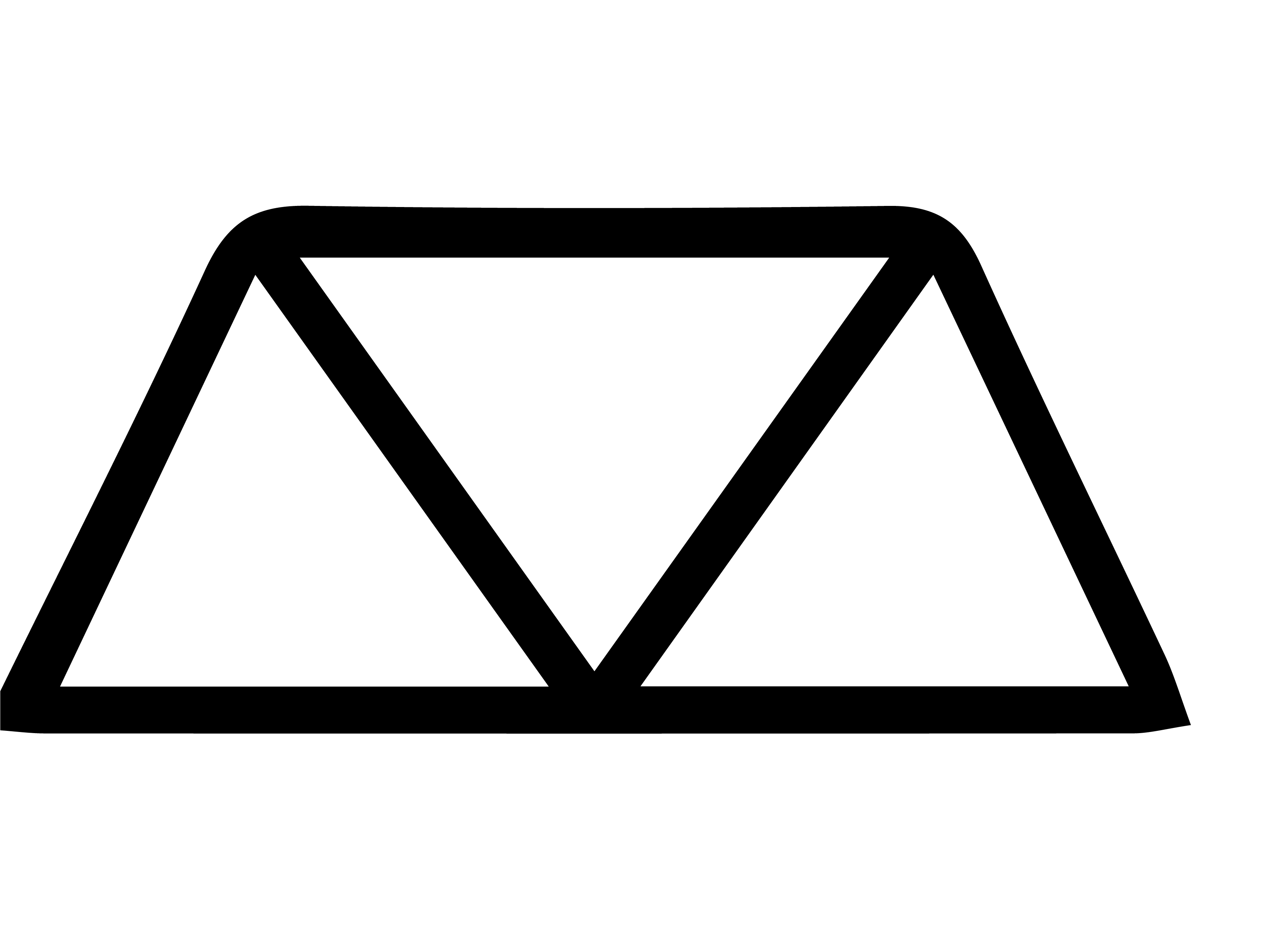- The product description
- The main function
- The basic parameters
The word "Amethyst" is derived from the Latin amatistus, which literally means "not drunk". In the ancient western world, people believed that the red wine-colored amethyst stone could prevent getting drunk. As the name implies, the amethyst U glass is to make the amethyst color adhere to the inner surface of the U-shaped glass, using a high-temperature coloring process, so it will not change color and will not fade under the sun.
The emergence of amethyst U channel glass, followed the "ultra clear" and "clear" (green), providing users and designers with a new color choice. With Appleton's unique wire-insertion craftsmanship and various patterns, a variety of visual effects can be matched.
In addition, The g value of amethyst channel glass is 0.46 when double glazing. In other words, amethyst channel glass could make better shading effect.
Feature Description:
Installation Method:
Coated U glass usually adopts double glazing or triple glazing, the schematic diagram is as follows:
In addition, The g value of amethyst channel glass is 0.46 when double glazing. In other words, amethyst channel glass could make better shading effect.
Feature Description:
 |
Environmental Protection |
| Maintain eco-friendly and benefit the environment | |
 |
Energy Efficient |
| Maintain temperature and reduce heat conduction | |
 |
Durable |
| High temperature coloring process | |
 |
Hard coating |
| Pencil hardness of coating layer up to 7H | |
 |
Sizes |
| Various sizes of U channel glass | |
 |
Shapes |
| Can be cut to fit your design | |
 |
Color |
| Unique amethyst color for better decoration |
Installation Method:
Coated U glass usually adopts double glazing or triple glazing, the schematic diagram is as follows:


The detailed parameters of different installation methods are as follows:
| Installation Method | Diagram | Ug(W/㎡K) | g | Transmittance(%) | |
| Clear | Single Uncoated | × | 5.7 | 0.79 | 86 |
| Uncoated+Uncoated | × | 2.8 | 0.68 | 75 | |
| Uncoated+Low-e | 1 | 1.8 | 0.63 | 70 | |
| Antisol+Uncoated | 2 | 2.8 | 0.49 | 43 | |
| Antisol+Low-e | 3 | 1.8 | 0.45 | 41 | |
| Amethyst+Amethyst | 3 | 2.8 | 0.46 | 40 | |
| Amethyst+Low-e | 3 | 1.8 | 0.49 | 51 | |
| Citrine+Citrine | 3 | 2.8 | 0.48 | 38 | |
| Citrine+Low-e | 3 | 1.8 | 0.54 | 45 | |
| Uncoated+Low-e+Low-e | 4 | 1.1 | 0.51 | 52 | |
|
Ultra Clear |
Single Uncoated | × | 5.7 | 0.92 | 92 |
| Uncoated+Uncoated | × | 2.8 | 0.85 | 85 | |
| Uncoated+Low-e | 1 | 1.8 | 0.78 | 75 | |
| Antisol+Uncoated | 2 | 2.8 | N/A | N/A | |
| Antisol+Low-e | 3 | 1.8 | N/A | N/A | |
| Amethyst+Amethyst | 3 | 2.8 | 0.49 | 48 | |
| Amethyst+Low-e | 3 | 1.8 | 0.55 | 53 | |
| Citrine+Citrine | 3 | 2.8 | 0.57 | 46 | |
| Citrine+Low-e | 3 | 1.8 | 0.60 | 47 | |
| Uncoated+Low-e+Low-e | 4 | 1.1 | 0.56 | 54 |
The Ug value is determined according to the European standard EN673.
The g value and light transmittance are according to the European standard EN410.
The amethyst color adheres to the inner surface of the channel glass using a high-temperature coloring process.
The g value of amethyst channel glass is 0.46 when double glazing. In other words amethyst channel glass could make better shading effect.









